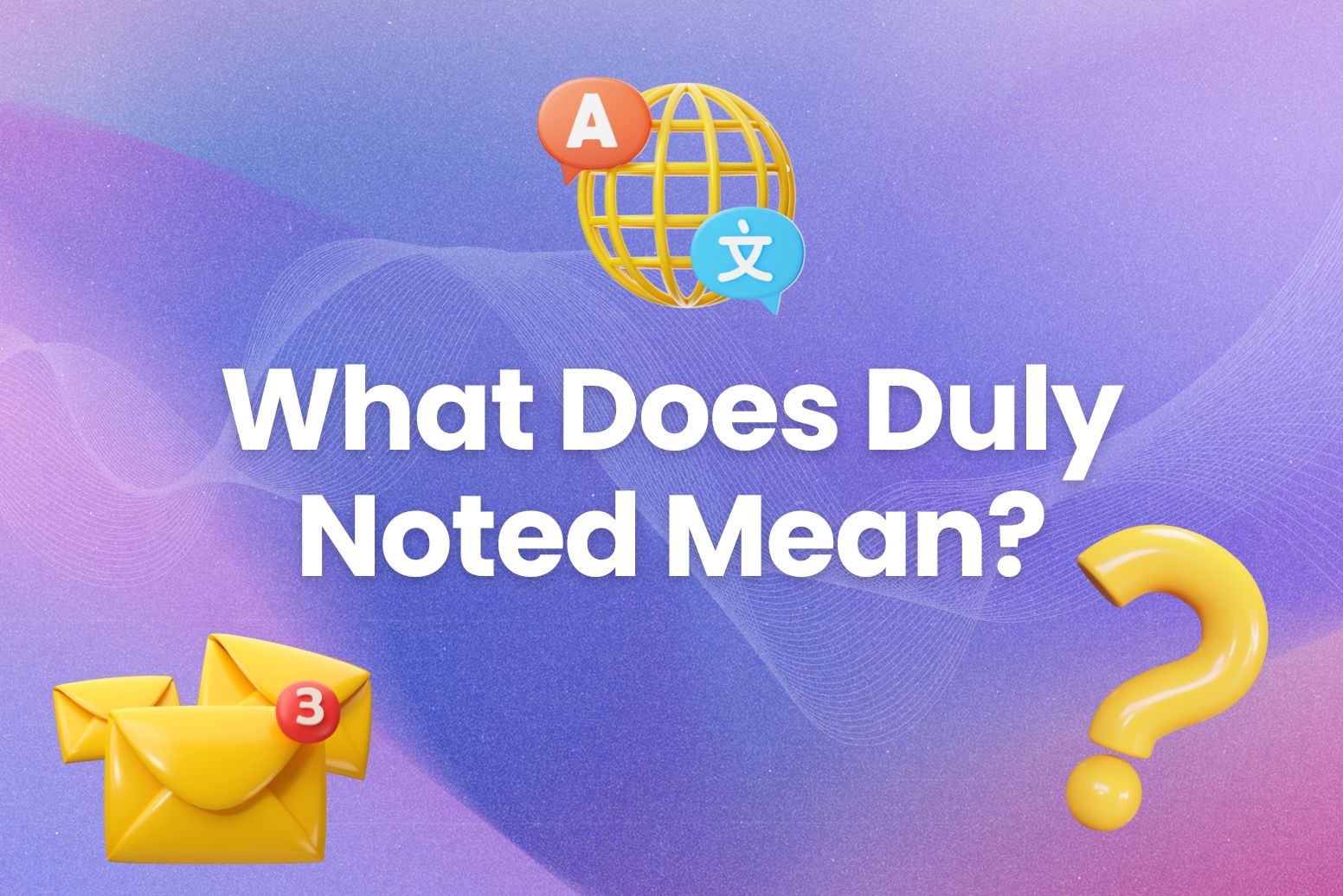What is a direct object? Ever wondered how to figure out what or whom a sentence is really talking about? That’s where the direct object comes in! It’s the word that receives the action of a verb directly, making it one of the key players in a sentence’s structure. Think of it as the thing or person the action is happening to—simple, right?
Say goodbye to grammar mistakes—perfect your sentences with Arvin AI!
What Is a Direct Object?

A direct object is the word or phrase in a sentence that receives the action of the verb directly. It’s the what or whom that the verb is acting on, making it a key part of sentence structure. Think of it as the answer to the question, “What?” or “Whom?” right after the action verb.
How to Find a Direct Object
Ask “What?” or “Whom?”:
After the verb, ask what or whom the action is affecting. The answer is your direct object.
Identify the Action Verb:
Start by spotting the verb that shows what’s happening in the sentence.
Examples of Direct Objects
She wrote a letter.
- Verb: wrote
- Direct Object: a letter (What did she write? A letter.)
They invited their friends.
- Verb: invited
- Direct Object: their friends (Whom did they invite? Their friends.)
The cat chased the mouse.
- Verb: chased
- Direct Object: the mouse (What did the cat chase? The mouse.)
Direct Objects: Key Facts
- Compound Direct Objects: Some sentences have more than one direct object.
- Example: She bought apples and oranges.
- Direct Objects: apples, oranges (What did she buy? Apples and oranges.)
- No Direct Object with Intransitive Verbs: Not every verb needs a direct object. Intransitive verbs don’t act on anything directly.
- Example: He runs. (No direct object—“runs” doesn’t need one.)
- Pronouns as Direct Objects: Direct objects can also be pronouns.
- Example: She called him.
- Direct Object: him (Whom did she call? Him.)
Direct and Indirect Object Examples
A direct object is the word or phrase that directly receives the action of the verb.
- Question to Ask: What? or Whom?
Examples:
- He ate the apple.
- Verb: ate
- Direct Object: the apple (What did he eat? The apple.)
- She painted the fence.
- Verb: painted
- Direct Object: the fence (What did she paint? The fence.)
- We watched the movie.
- Verb: watched
- Direct Object: the movie (What did we watch? The movie.)
What Is an Indirect Object?
An indirect object answers the question “To whom?” or “For whom?” It typically appears before the direct object and shows who benefits from the action.
- Question to Ask: To whom? or For whom?
Examples:
- She gave him a gift.
- Verb: gave
- Direct Object: a gift (What did she give? A gift.)
- Indirect Object: him (To whom did she give the gift? Him.)
- He sent his mother a letter.
- Verb: sent
- Direct Object: a letter (What did he send? A letter.)
- Indirect Object: his mother (To whom did he send the letter? His mother.)
- We made the kids dinner.
- Verb: made
- Direct Object: dinner (What did we make? Dinner.)
- Indirect Object: the kids (For whom did we make dinner? The kids.)
What Is a Direct Object Pronouns?

A direct object pronoun is a word that replaces the direct object in a sentence, making the sentence shorter and less repetitive. Instead of repeating the noun, you use a pronoun to simplify your writing or speech. These pronouns answer the question “What?” or “Whom?” after the action verb, just like a direct object.
How Direct Object Pronouns Work
Direct object pronouns take the place of the noun that directly receives the action of the verb. Here’s how they fit into a sentence:
- Example with a Direct Object (Noun):
I saw the dog.- Direct Object: the dog (What did I see? The dog.)
- Example with a Direct Object Pronoun:
I saw it.- Direct Object Pronoun: it (What did I see? It.)
English Direct Object Pronouns
Here are the common direct object pronouns in English:
| Pronoun | Replaces | Example |
|---|---|---|
| me | the speaker (first person) | She saw me. |
| you | the person being spoken to | I called you. |
| him | a male singular noun | We met him yesterday. |
| her | a female singular noun | I helped her with homework. |
| it | a singular thing or idea | Did you read it? |
| us | a group including the speaker | They invited us to the party. |
| them | plural people or things | I saw them at the store. |
Examples of Direct Object Pronouns in Action
- Replacing a Singular Object:
- I found the book. → I found it.
- Direct Object Pronoun: it
- Replacing a Person:
- She greeted John. → She greeted him.
- Direct Object Pronoun: him
- Replacing a Plural Object:
- We bought the apples. → We bought them.
- Direct Object Pronoun: them
- Replacing a Group:
- They saw my friends and me. → They saw us.
- Direct Object Pronoun: us
Why Use Direct Object Pronouns?
Using direct object pronouns can make your sentences:
- More concise: Avoid repeating the same nouns unnecessarily.
- Example: I saw the car, and I cleaned the car → I saw the car, and I cleaned it.
- Smoother in conversations: Pronouns are easier to use in casual speech.
- Example: Did you bring the tickets? → Did you bring them?
Tips for Using Direct Object Pronouns
- Match the Pronoun to the Object:
The pronoun must agree in gender and number with the noun it replaces.- Example: I saw Sarah → I saw her. (Sarah = her)
- Pay Attention to Context:
Ensure the pronoun clearly refers to a previously mentioned noun.- Example: I borrowed the book from the library. I returned it yesterday.
- Pronouns Come After the Verb in English:
Unlike some other languages, direct object pronouns follow the verb.- Example: She called him.
Direct and Indirect Objects in the Same Sentence
In many sentences, both direct and indirect objects are present. The indirect object typically comes first, followed by the direct object. Let’s look at a few examples:
Indirect Object: my sister (For whom did I bake the cake? My sister.)
She told the teacher the truth.
Verb: told
Direct Object: the truth (What did she tell? The truth.)
Indirect Object: the teacher (To whom did she tell the truth? The teacher.)
He showed his friend the photo.
Verb: showed
Direct Object: the photo (What did he show? The photo.)
Indirect Object: his friend (To whom did he show the photo? His friend.)
I baked my sister a cake.
Verb: baked
Direct Object: a cake (What did I bake? A cake.)
Final Words
Mastering grammar, whether it’s understanding direct and indirect objects or knowing when to use pronouns, is essential for clear and effective communication. These small but mighty elements of language add clarity, precision, and flow to your writing. From everyday conversations to academic essays, knowing the role of direct objects can make all the difference.
But let’s be real—grammar can sometimes feel overwhelming. Why struggle with grammar when you can have a reliable partner to guide you?
Try Arvin AI today, and let your writing speak for itself—flawlessly.

FAQ
A direct object is the word in a sentence that receives the action of the verb.
She read the book.
A direct object receives the action of the verb, while an indirect object shows to whom or for whom the action is done.
me, you, him, her, it, us, you (plural), them






